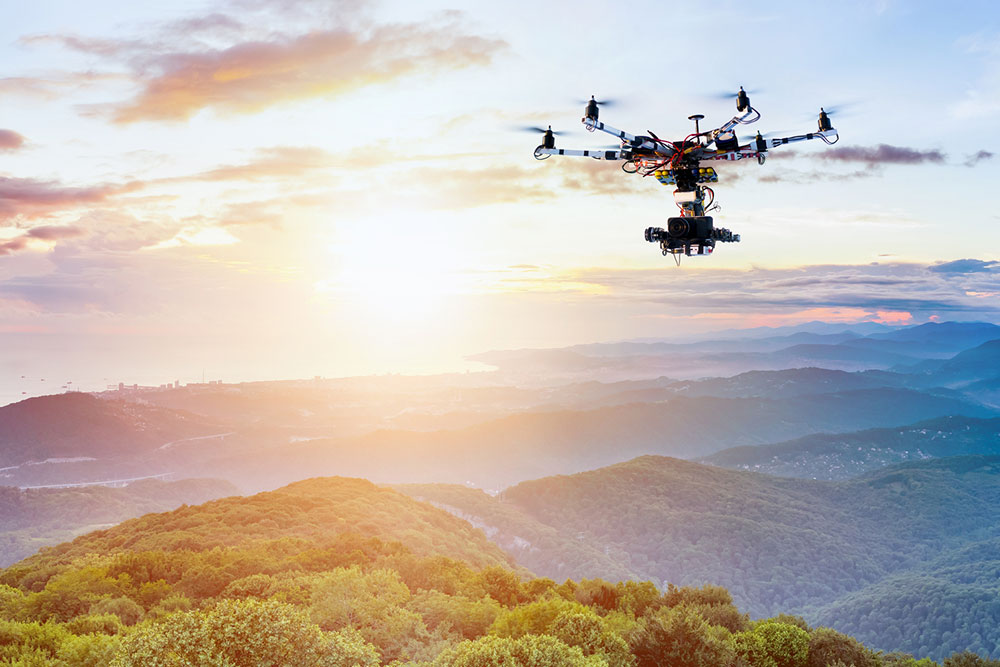
Understanding drone technology and its various parts
Drone technology is in a perpetual state of evolution due to constant innovation and influx of large investments and has resulted in newer and advanced drones being introduced to the market every few months. In order to understand what drones are, how they function and examine certain types of drones, it is necessary to understand UAV (unmanned aerial vehicle) technology.
Unmanned aerial vehicle technology derives its importance because it covers all things necessary to understand the functions of the drone. It ranges from the aerodynamics of the drone, materials used in the manufacturing of the vehicle, the software it is run by, the circuit boards and even the chipsets.
Normally, an unmanned aircraft consists of light composite materials to substantially increase the drone’s ability to maneuver by reducing its weight. The ability of drones to cruise at extremely high altitudes comes from such composite material strength.
Drones are customized with a different state of the art technology depending on the time of their invention. Some additional technology that comes along with drones in order to deem them more useful to the purpose of their purchase is –
- Global Positioning System (GPS)
- Infrared Cameras
- Lasers
- Ground Controlling Systems or ground cockpits
All the sensors and navigational systems are situated in the nose of the unmanned vehicle. The rest of the drones consists of other functional systems (depending from drone to drone).
While a drone is constructed, the engineering materials chosen to do so, are chosen to keep in mind certain necessities such as the ability to absorb vibrations and decreasing noise produced.
Now that UAV technology has been elaborated upon, it is time to examine various parts of drones that are essential and can also be added to enhance your experience. Some of these parts are as follows:
- Standard propeller
The props at the front of the quadcopter are known as the standard propellers. They pull the drone through the air. - Pusher propeller
These are placed at the back of the drone and push the UAV forward. - Brushless motors
This new type of motor is reliable, efficient and power saving. The design of the motor is extremely important. - Motor mount
These are added amongst the other parts to assist in forming a structure to the frame of the UAV and also act as landing struts. - Landing gear
This is essential especially amongst drones that need high ground clearance. - A main drone body part
Cameras, mainboards, avionics, sensors, processors, and batteries are housed by the main body part. - Electronic Speed Controllers
It moderates a motor’s speed, direction and can also act as a dynamic brake. - Flight Controller
It is a single point of communication. It takes inputs from the GPS, battery monitor, IMU, and other sensors. - GPS Module
It provides the longitude, latitude, elevation and compass heading. - Receiver
It is a standard radio receiving unit. - Antenna
It must be compatible with the receiver. - Battery Monitor
It provides the power level updates to the flight controller. - Gimbal
In simple words, it’s a stand for the camera. - Gimbal Motor
It helps in positioning of the camera. - Sensors
If the purpose of using the drone is more than just filming, sensors are usually used for scientific experiments and military purposes.


